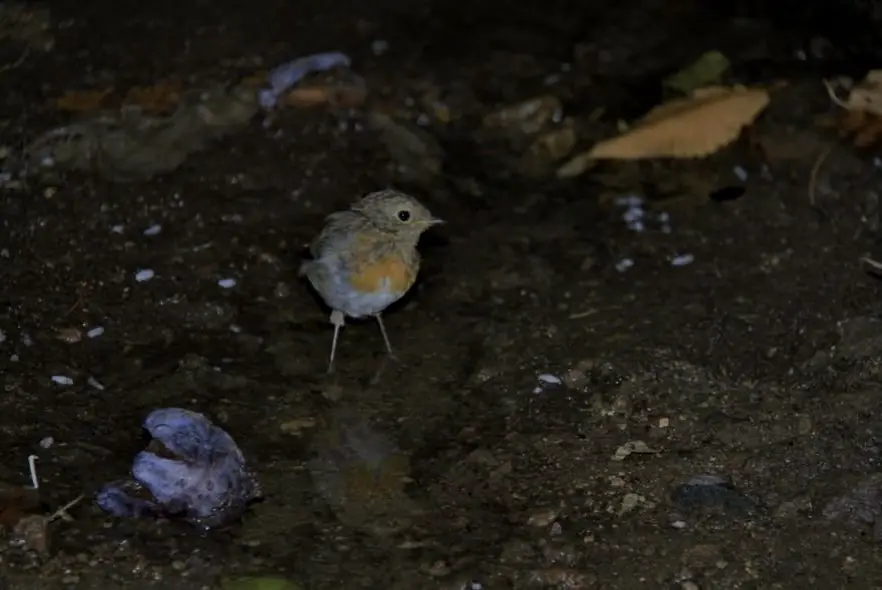You might have noticed immature birds that aren’t quite infants and not quite adults if you were outside in the springtime. These little fledglings may be found all around in the spring, but what makes them so unique?
After being a “nestling” (baby), a bird reaches the condition of fledgling, which is similar to that of a human teenager: they are almost ready to live on their own and have just left the nest to seek their own life!
The term “fledging” refers to the first development of feathers that prepare their wings for flight and shield their bodies from the cold.
Fledglings don’t make a nest yet, preferring to hide among the available trees and shrubs. They frequently sleep near the nest they have just left in the treetops. They will begin to rest on trees or bushes further away as they hop around and test their wings.
Many bird species prefer to sleep in cavities or niches at night, which keeps predators at bay. Bird roost boxes or empty birdhouses are examples of pits that give refuge from bad weather. Other typical roosting locations are snags, dense thickets, and tree canopies.
Although fledgling birds may spend their first few days on the wing out and about before returning to their nest to sleep, this is not the case. By the time they go, the nest is in shambles. After all, they’ve outgrown it! Instead, the young ones will frequently share a roost at night.
You may do a few things to assist a fledgling bird on the ground. First, attempt to return the bird to its nest. If this isn’t feasible, or if the bird is wounded, put it in a tiny box in a warm, dark spot. It’s preferable to let a newborn bird that hasn’t left the nest alone and let the parents look after it. Parents feed fledglings that have not yet left the nest, and it is typically preferable to let nature take its course.
If you’re concerned about the baby bird’s safety, you can try putting food into its mouth, like tiny worms or insects. If this isn’t feasible, place the bird in a small box and keep it warm and dark until it can fly and seek food on its own.

